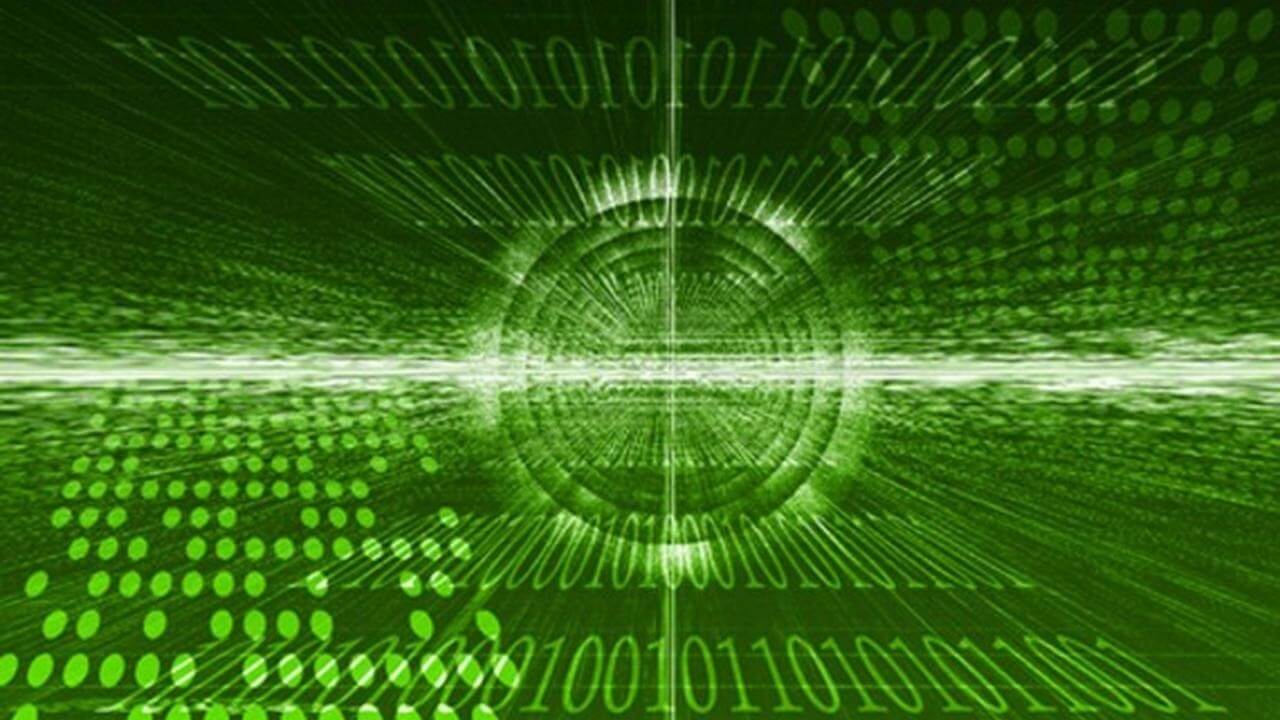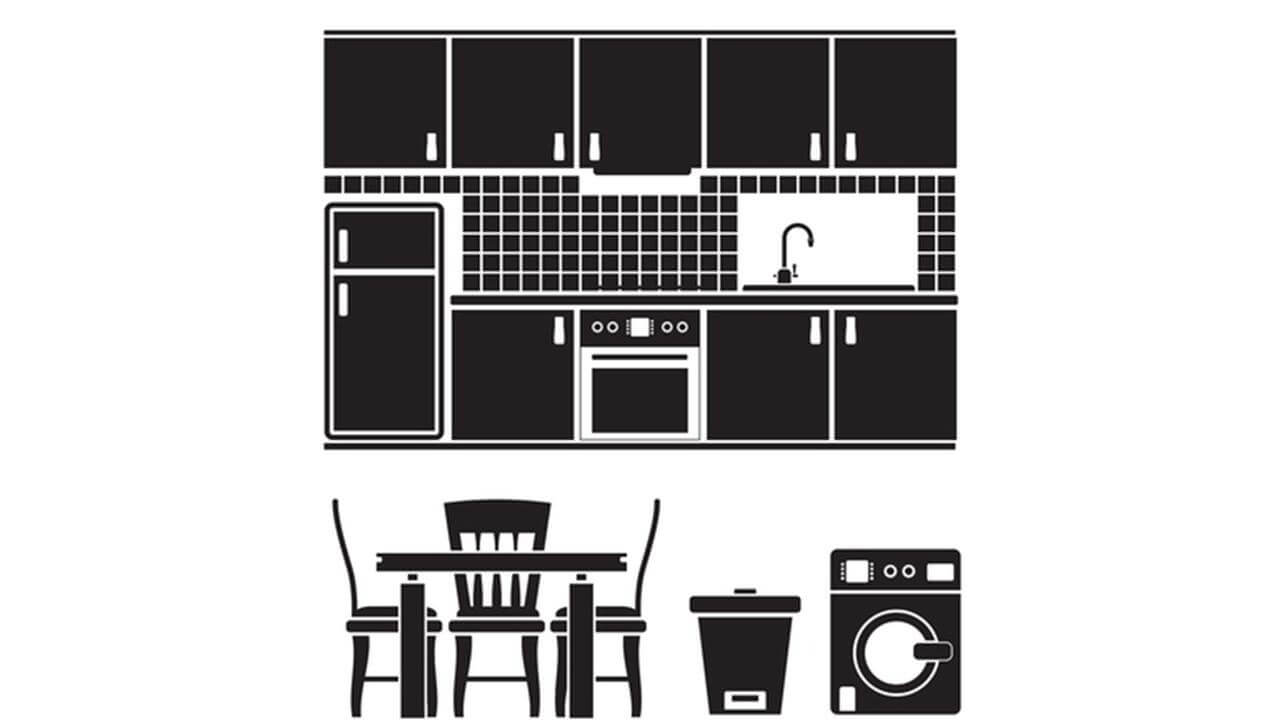Ubiquitous computing is giving architecture many benefits that we will continue to see embedded in our buildings. Ubiquitous computing is the wave of the future – providing us with many new architectural functions as well as challenges. For now, let’s focus on the benefits.
The following are the top seven benefits brought about by ubiquitous computing as they impact architecture and occupants in everyday life:
1) INVISIBLE:“Smart” environments will be embedded with computing technologies that will be mostly out-of-sight. Architecture will gain many more capabilities – with less visual clutter.
2) SOCIALIZATION:Interactions with architecture will be more social in nature. “Smart” buildings will illicit a more social response from occupants as computers user interfaces embed themselves within architecture. (1)
3) DECISION-MAKING:“Smart” environments will help occupants to make better choices as they go about their everyday lives. At key moments within architectural experiences, a good architectural design will make “smart” environments helpful. Such architecture will be more proactive than passive.
4) EMERGENT BEHAVIOR:Buildings are now becoming more and more kinetic in form and function. Their movements and constructed designs come together dynamically to yield behaviors that make them more adaptive. Buildings will learn how to learn – in order to run efficiently and aesthetically.
5) INFORMATION PROCESSING:Since architecture will be gaining a type of “nervous system”, information processing will be gaining a whole new meaning. Architecture will go from crunching data to making sense of data; therefore, eliminating our need to constantly input adjustments.
6) ENHANCING EXPERIENCE:As computers ubiquitously embed themselves in our environments, sensors and actuators will create “smart” environments where architectural space will be goal-oriented. Therefore, more occupant needs will be better met.
7) CONVERGENCE:Much of our environment will be supplemented with interconnected digital technologies. Such interconnectivity will allow for a new type of “sharing” that will serve to eliminate many mundane tasks. Also, fewer errors will occur as systems pull data from shared digital locations (instead of having numerous copies to keep up-to-date).
DO YOU WANT TO LEARN MORE?
A wonderful book regarding this topic is Everyware written by Adam Greenfield. He describes the specific pros and cons to the “dawning age of ubiquitous computing” – what we will face and how we can make our transition better (by avoiding potentially negative effects of ubiquitous computing). This book makes for a good read if you are at all interested in these emerging ideas.
Here is the link: Everyware: The Dawning Age of Ubiquitous Computing (Voices That Matter) (affiliate link)
Reference:
(1) Greenfield, Adam. Everyware. AIGA. 2006.
Image Credit: © Kentoh | Dreamstime






